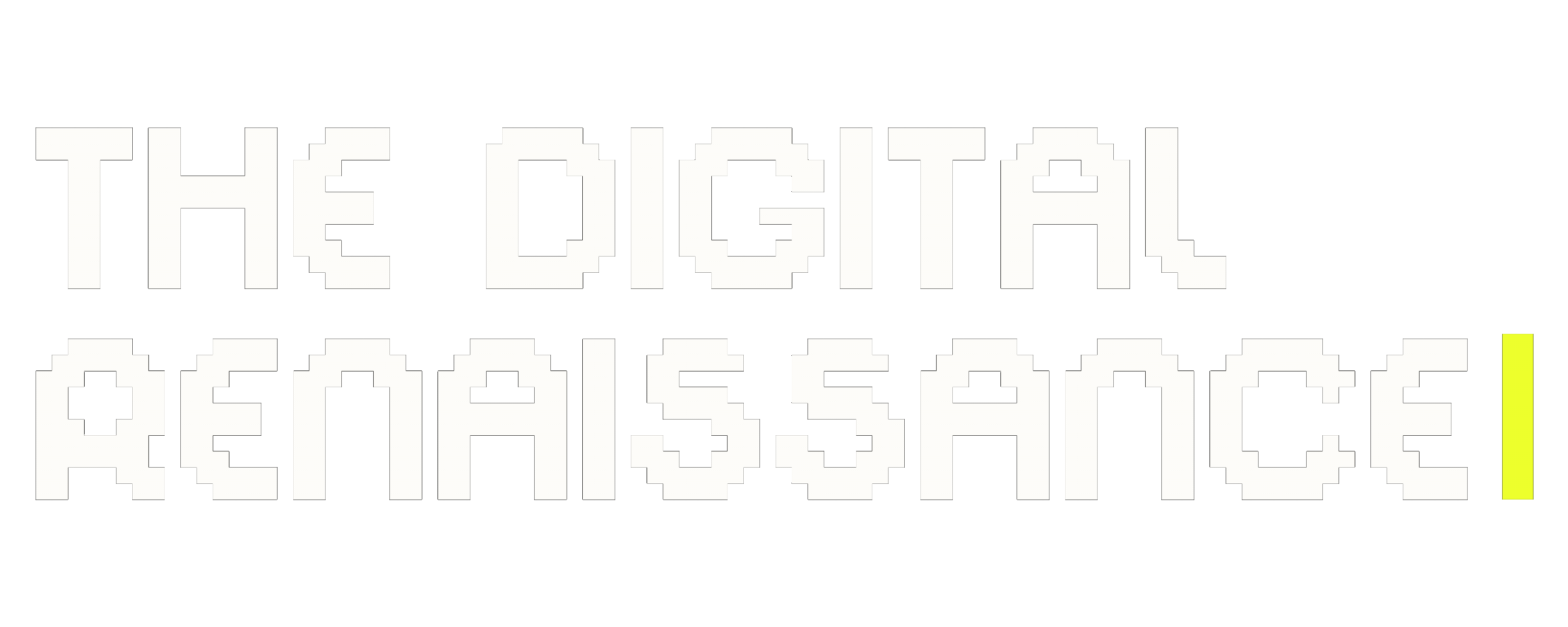Future-Proof Yourself: Gauging and Enhancing Your Digital Readiness
DIGITAL LITERACY & PRODUCTIVITY
Understanding and Evaluating Digital Readiness
In a world where digital transformation is no longer a trend but a way of life, understanding your digital readiness is a vital step toward thriving in the modern era. Digital readiness is not simply about knowing how to use your smartphone or navigate social media; it is a broader measure of your ability to engage with, adapt to, and benefit from the vast array of digital tools and technologies shaping our personal and professional lives. Whether you are an entrepreneur, a student, or a professional, assessing your digital readiness can help you identify strengths and uncover areas for growth.
To begin, evaluate your digital skillset. What tools and technologies do you already use with confidence? At a minimum, a strong foundation in digital readiness includes proficiency with productivity tools such as word processors, spreadsheet applications, and presentation software. Beyond the basics, understanding cloud-based tools, collaboration platforms, and data management systems can distinguish you as digitally fluent. Additionally, knowing the fundamentals of coding, even if it is just an understanding of logic and structure, can open doors to creative problem-solving in technology-driven environments.
Next, consider your adaptability to new tools. The pace of technological change demands a mindset that embraces experimentation and rapid learning. Ask yourself: how do you respond when encountering a new app, software, or platform? If your instinct is to resist or rely on others to explain it, this may signal an area for growth. A simple exercise is to try out a trending tool or application and navigate it without a tutorial—this practice builds confidence in self-directed learning.
Key Areas for Improvement
Another crucial aspect of digital readiness is staying informed about emerging trends. Technologies such as artificial intelligence, blockchain, and the Internet of Things are no longer abstract concepts but forces reshaping industries and everyday experiences. Regularly engaging with reputable tech news sources, enrolling in free courses on platforms like Coursera or edX, or even joining relevant webinars can keep you abreast of these developments. Being knowledgeable about these trends not only informs your decisions but positions you as forward-thinking in any professional setting.
Automation is an often-overlooked component of digital readiness. Many repetitive tasks in both work and personal contexts can be streamlined using tools like Zapier, IFTTT, or built-in automation features in software you may already use. If you have never experimented with automation, begin with a simple goal, such as automating your calendar reminders or email filters. By reducing time spent on mundane tasks, you can redirect your energy toward higher-value activities, reinforcing your digital efficiency.
No assessment of digital readiness is complete without examining cybersecurity practices. In a time when cyber threats grow increasingly sophisticated, safeguarding your personal and professional information is paramount. Start by ensuring you use strong, unique passwords for every account, bolstered by two-factor authentication wherever possible. Regularly update your software to stay protected against known vulnerabilities, and educate yourself on recognizing phishing attempts and other common scams. By prioritizing cybersecurity, you build a strong foundation of trust in your digital interactions.
Digital collaboration is another critical measure of readiness. As remote work and virtual teams become more commonplace, being adept at using platforms like Slack, Microsoft Teams, and Google Workspace is essential. But proficiency goes beyond technical skills; effective digital collaboration also requires clear communication, respect for others' time zones, and an ability to create a cohesive virtual environment. You can enhance this skill by volunteering to lead a project on a digital platform or experimenting with features that enable efficient teamwork, such as shared documents and task management tools.
Data literacy, often underestimated, is becoming a cornerstone of digital competence. Can you interpret basic charts, analyze trends in spreadsheets, or draw insights from data? These abilities are no longer reserved for analysts; they are everyday skills that empower decision-making. If you feel unprepared in this area, consider starting with beginner-friendly courses on platforms like LinkedIn Learning or Google's Data Analytics certificate program. Building even a foundational understanding of data can significantly enhance your confidence and decision-making capabilities.
The Path Forward
Your online presence is another area to evaluate. In a digital-first world, your personal brand—how you present yourself on platforms like LinkedIn, Twitter, or even your professional website—carries immense weight. Is your presence polished, professional, and aligned with your goals? If not, take time to update your profiles with relevant accomplishments, a clear bio, and a professional photo. Additionally, consider creating content, such as articles or posts, that showcases your expertise and interests.
A commitment to lifelong learning underscores every other aspect of digital readiness. Technologies evolve, and staying stagnant is not an option. Reflect on whether you consistently seek new learning opportunities, be it through online courses, podcasts, or books. Setting a goal to learn one new skill or complete a course each month can create a habit of continuous improvement that compounds over time.
Finally, analyze your problem-solving abilities in digital environments. Can you troubleshoot basic tech issues, such as resolving Wi-Fi connectivity problems or navigating a glitch in software? If not, familiarize yourself with forums like Reddit or Stack Exchange, which are treasure troves of solutions to common problems. Developing this resilience not only saves time but boosts your confidence in handling the inevitable challenges of a digital world.
Assessing your digital readiness is not a one-time activity but an ongoing process. As you reflect on these areas, take note of your strengths and areas for improvement. Setting specific goals—such as mastering a new collaboration tool, taking a cybersecurity course, or building your personal brand online—will create a roadmap for growth. In embracing this journey, you position yourself not only to adapt but to thrive in the ever-evolving digital landscape. The future belongs to those who are ready; make today the day you take the first step toward mastering it.
